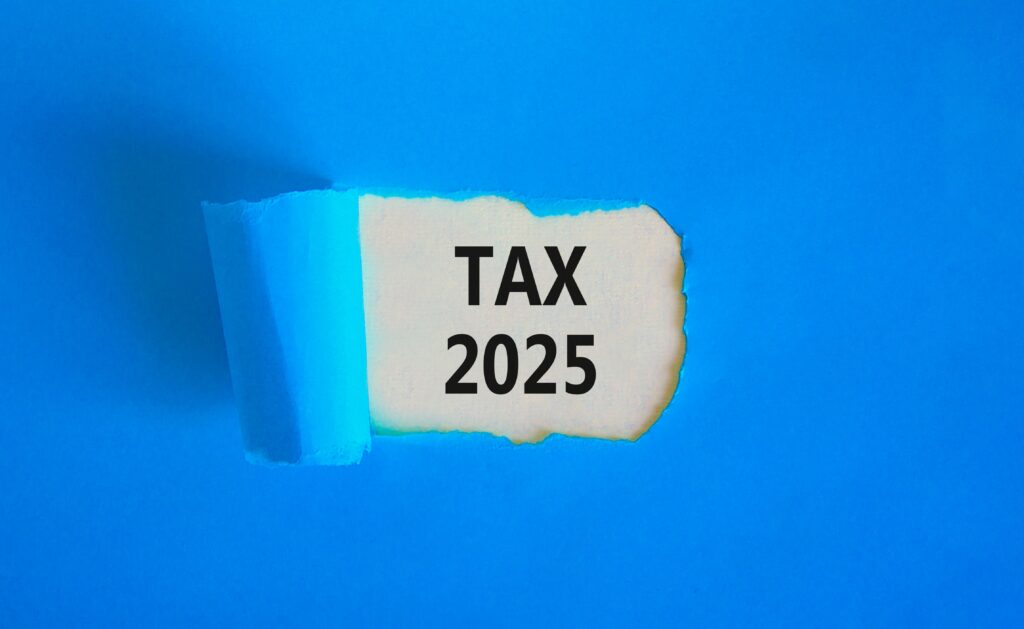See the 2016 Updated Brief Here
Read this Policy Brief in PDF Form
State lawmakers seeking to enact residential property tax relief have two broad options: across-the-board tax cuts for taxpayers at all income levels, such as a homestead exemption or a tax cap, and targeted tax breaks that are given only to particular groups of low-income and middle-income taxpayers. One increasingly popular type of targeted property tax relief program is called a “circuit breaker” because it protects taxpayers from a property tax “overload” just like an electric circuit breaker: when a property tax bill exceeds a certain percentage of a taxpayer’s income, the circuit breaker reduces property taxes in excess of this “overload” level. This policy brief surveys the advantages and disadvantages of the circuit breaker approach to property tax relief.
The Problem: Property Taxes Are Regressive
Residential property taxes are regressive, requiring low-income taxpayers to pay more of their income in tax than wealthier taxpayers. A November 2009 ITEP analysis found that nationwide, the poorest twenty percent of Americans paid 3.6 percent of their income in property taxes, compared to 2.7 percent of income for middle-income taxpayers and 0.7 percent of income for the wealthiest 1 percent of Americans. The main reason property taxes are regressive is that home values are much higher as a share of income for low income families than for the wealthy. Because property taxes are based on home values rather than income, property taxes are disconnected from “ability to pay” considerations in a way that income taxes are not: a taxpayer who suddenly becomes unemployed will find that her property tax bill is unchanged, even though her ability to pay it has fallen.
How Circuit Breaker Credits Work
The basic idea behind the “circuit breaker” approach to property tax relief is quite simple: taxpayers earning below a certain income level should be given some amount of property tax relief when their property taxes exceed a certain percentage of their income. But the thirty-three states, plus DC, that have implemented this basic idea have made very different choices about who should receive the credit, and how the credit should be calculated. There are a series of basic choices to make in designing a circuit breaker:
- Should the credit be available to elderly or non-elderly taxpayers, or both? Most state circuit breakers target their relief to the elderly, usually based on the perception that elderly taxpayers have less ability to pay taxes. Yet non-elderly taxpayers are susceptible to the same property tax “overload” as elderly taxpayers. As a result, many states now extend circuit-breaker benefits to their under-65 population.
- Should the credit be limited to homeowners, or extended to renters as well? It is generally accepted that owners of rental real estate pass through some of their property tax liability to renters in the form of higher rents. For this reason, a growing number of states now extend circuit breaker eligibility to renters. For example, Illinois law assumes that 25 percent of rent is property tax, and therefore allows low-income renters to claim a credit when this “property tax” exceeds 3.5 percent of their income. But many states still provide no property tax relief to low-income renters.
- What should be the maximum income level for eligibility? This is perhaps the most important decision in determining the cost of the credit. In 2010, income limits on state circuit breakers ranged from $5,500 in Arizona to $99,240 in Minnesota. Many states extend eligibility only to the very poorest homeowners, despite the fact that fast-growing property taxes can be burdensome for middle-income taxpayers too.
- What cap should be imposed on the credit? Every state limits the dollar amount that can be claimed. These limits range from $75 in New York to $8,000 in Vermont.
- Should the maximum income level, or the maximum credit, be indexed for inflation? Failing to tie the value of the credit to inflationary growth will reduce the real value of the credit each year. Indexing income limits (and the maximum credit amount) for inflation helps to ensure that circuit breakers continue to provide meaningful low-income tax relief in the long run. Many states have unwittingly allowed the value of their circuit breakers to decline over time by ignoring the impact of inflation.
- What percentage of income should be considered an “overloaded” property tax bill? Some credits have no threshold: all low-income taxpayers are deemed worthy of tax relief. Others require taxes to exceed a threshold. For example, Illinois taxpayers can only claim the credit if their property taxes exceed 3.5 percent of their income.
Advantages of Circuit Breakers
The circuit breaker is the only form of property tax relief that is explicitly designed to reduce the property tax load on those low-income taxpayers hit hardest by the tax. Circuit breakers offer several advantages over more general property tax relief measures:
- Circuit breakers are targeted to selected income groups. As a result, they are much less expensive than “across the board” property tax breaks—and the benefits go to the taxpayers for whom property taxes are most burdensome.
- The low-income taxpayers who typically benefit from circuit breakers do not itemize their federal income taxes, so this form of property tax relief is usually not off set by increases in federal income taxes. By contrast, property tax cuts for wealthier taxpayers will result in a federal income tax hike, since these cuts will reduce the amount of state tax that wealthy taxpayers can write off on their federal tax forms. (See ITEP Brief, “How State Tax Changes Affect Your Federal Taxes: A Primer on the Federal Off set” for more information).
- Because circuit breaker credit amounts vary with income, the use of these credits introduces an “ability to pay” criterion that the property tax lacks. Circuit breakers identify the individual taxpayers for whom property taxes are most burdensome and reduce their tax to a manageable level.
Disadvantages of Circuit Breakers
The main drawback of circuit breakers is that, in general, they only are given to taxpayers who apply for them. (By contrast, general “homestead exemptions” are given automatically.) Eligible taxpayers will only apply for circuit breaker credits if they are aware of their existence. This means that an essential component of a circuit breaker program must be an educational outreach effort designed to inform state taxpayers of the credit. In addition, one way of making it easier for eligible taxpayers to claim the circuit breaker is to offer the option of claiming the credit either on income tax forms, or on a separate circuit breaker form for those who do not have to file income tax forms.
Conclusion
Circuit breakers are an attractive approach to property tax relief because they are less costly (and better targeted) than “across the board” tax relief mechanisms such as tax caps and homestead exemptions (See ITEP Briefs, “Capping Assessed Valuation Growth: A Primer and Property Tax Homestead Exemptions”). These credits are a valuable tool for lawmakers seeking to lessen the property tax load on their most vulnerable residents, without busting the state budget.





